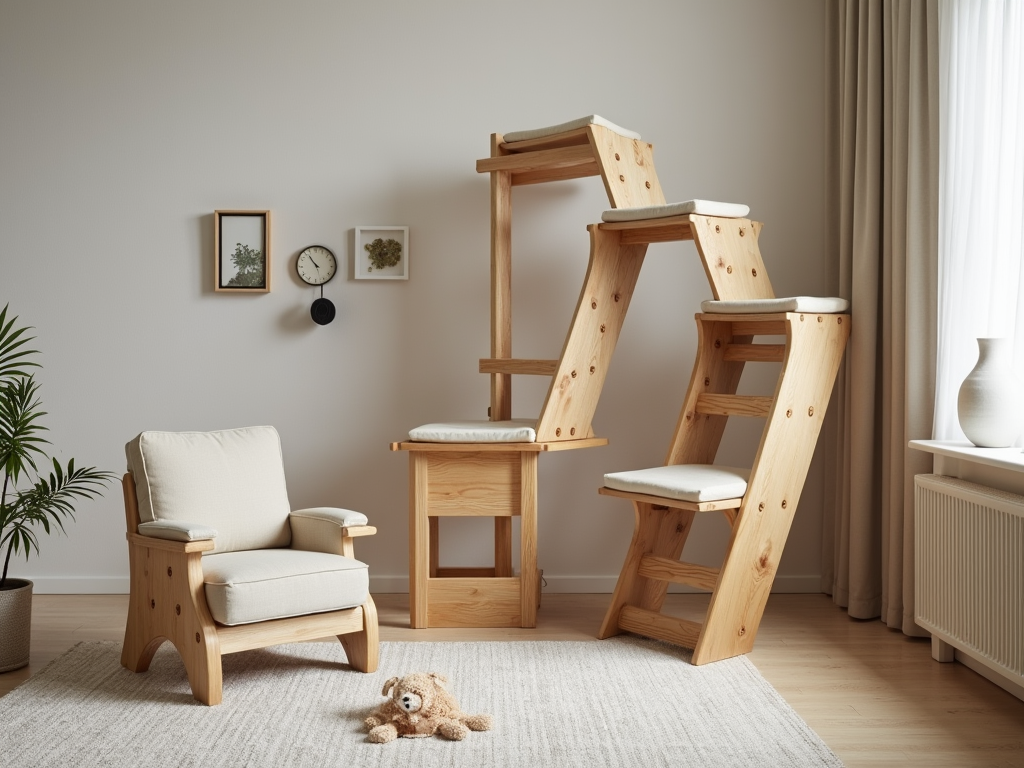Discover Indoor Climbers
Spoken matches indoor climbers across 100s of stores to find you the best price.



Category Overview
Introduction
Indoor climbers serve as a dynamic addition to your home, offering not only a recreational outlet but also fostering physical fitness and playfulness. These engaging structures facilitate movement and exploration, enhancing everyday life by promoting active play for children or exercise for adults in the comfort of your own environment. Whether aimed at improving physical health or simply providing a fun space for family interaction, indoor climbers elevate both utility and enjoyment within your living area.
Functionality
The primary function of indoor climbers is to encourage movement, helping individuals develop their physical skills and promote healthy activity levels. These climbing structures can be utilized in various rooms—think playrooms filled with laughter, family living areas that seamlessly combine fitness with fun, or even dedicated gym spaces designed for workouts. Some models offer multifunctional features such as adjustable heights and configurations to suit different skill levels, making them versatile options for broader age ranges. Additionally, many indoor climbers are designed with safety in mind, incorporating soft edges and sturdy bases that ensure secure climbing experiences.
Design & Style
Indoor climbers come in an array of materials including wood, metal, and high-quality fabrics that provide both aesthetic appeal and durability. Common design styles range from sleek modern pieces to rustic-inspired constructions; you might find minimalist frames that blend seamlessly into contemporary decor or colorful models that spark joy in playful spaces. Personalization is key—many climbers can be customized with color choices or finishes to complement your existing decor theme beautifully. If you’re searching for something specific like the "best indoor climbing frame for small spaces," you’ll discover those options exist too.
Practical Considerations
When selecting the right indoor climber for your home, consider several key factors: first, assess the size of the room where it will reside; a larger space allows for more extensive climbing structures while smaller areas may benefit from compact designs. Material durability is also essential; if heavy use is anticipated (think energetic toddlers), opt for robust constructions made from solid wood or reinforced metal. Lastly, avoid common pitfalls like neglecting safety features—ensure any chosen model meets relevant safety standards so that everyone can climb worry-free.
Comparison and Alternatives
Comparing materials gives you insight into what fits best within your lifestyle. Wood generally offers warmth and timeless style but may require more maintenance compared to metal options known for their sturdiness and easy cleaning capabilities. Shape matters too—round designs often work well in tight spaces while rectangular ones may suit larger rooms better, providing ample surface area without overwhelming smaller environments. Consider which combination aligns best with how you'll use the space!
Trends and Popular Items
Currently trending are multi-functional indoor climbers that integrate elements like slides or swings—perfectly marrying playtime with fitness goals! The rise of eco-friendly materials has also gained traction among consumers who prefer sustainable options without sacrificing style or durability. You’ll frequently see mid-century modern influences creeping into designs along with vibrant colors reflecting today's playful aesthetics. Overall, indoor climbers bring an element of adventure inside homes while promoting fitness—a delightful compromise between fun and functionality!